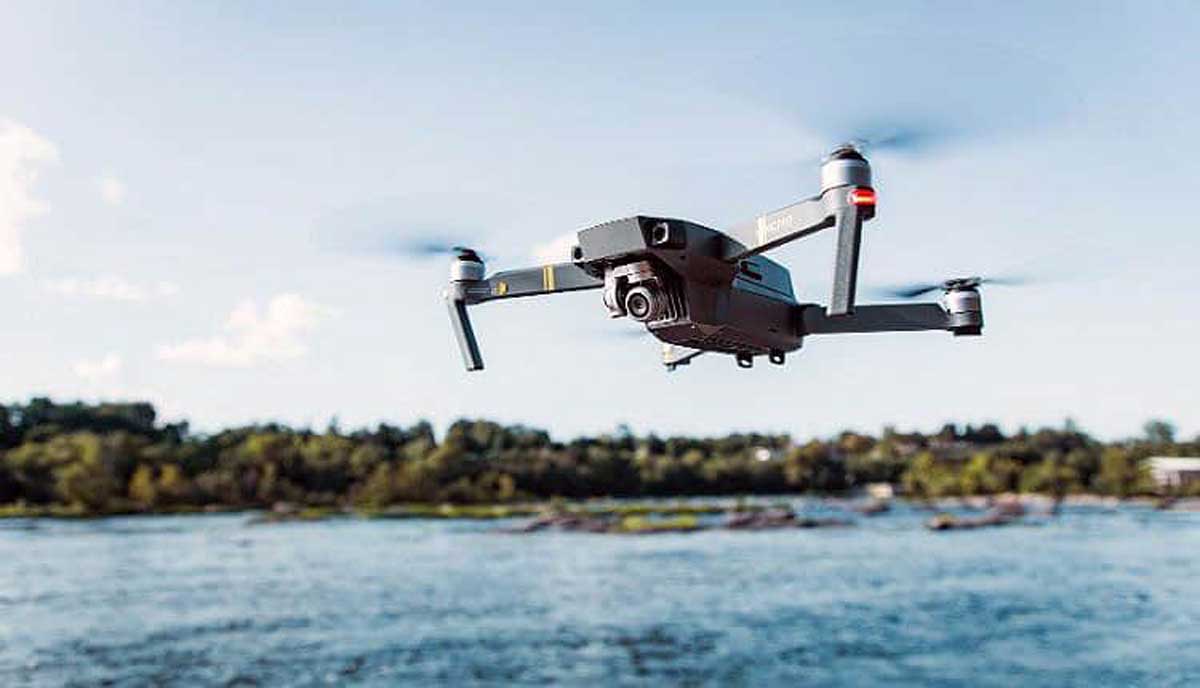In Karnataka and throughout India, there has been a remarkable surge in the number of certified drone pilots, reflecting the widespread adoption of unmanned aerial technology. As of July 1, 2022, Karnataka had a mere 13 licensed drone pilots. However, within just one year, this number experienced an exponential increase, with 314 drone pilots successfully obtaining their certifications.
Before July 1, 2022, India had a modest count of 346 certified drone pilots. However, within the same one-year period, the nation witnessed a tremendous surge, with the total number of certified drone pilots skyrocketing to 5,072 by July 1, 2023. This astonishing percentage increase of approximately 1,364.74% underscores the nationwide recognition of the immense potential of drone technology and its diverse applications.
An official commented, "The surge in certified drone pilots in both Karnataka and India is indicative of the technology's growing importance and its impact on various domains. From advancements in agriculture to infrastructure inspections, emergency response, environmental monitoring, and beyond, drones have become indispensable tools in modern-day operations."
Meanwhile, Karnataka ranks third in terms of the number of registered drones in the country. According to the latest statistics, out of 5,335 drones with unique identification numbers (UIN) across India, Delhi has the highest with 1,263, followed by Haryana with 842, and Karnataka with 670. In the state of Karnataka, out of the 670 drones, only 34 were registered in 2021, while the numbers surged to 636 in 2022 alone. A UIN is issued for registering unmanned aircraft systems in India.
Union Minister of State for Civil Aviation, General VK Singh, stated, "As of December 14, 2022, the number of drones with Unique Identification numbers (UIN) was 5,335."
The Ministry of Civil Aviation introduced the National Unmanned Aircraft System Traffic Management (UTM) Policy on October 24, 2021, to facilitate the safe and seamless transportation of goods by unmanned aircraft systems within and across zones. A drone airspace map of the entire country has also been published on the digital sky platform. This map categorises India's airspace into red, yellow, and green zones.
The operation of drones in red and yellow zones requires permission from the Central Government and the respective Air Traffic Control authorities. No approval is required for the operation of drones in green zones, which cover the airspace up to a vertical distance of 400 feet. The UTM policy framework is a dynamic document subject to changes based on technological advancements, actual experiences, and other developments in airspace management systems, as mentioned by General VK Singh.
"The Centre has notified the Certification Scheme for Unmanned Aircraft Systems (CSUAS) on January 26, 2022. This scheme ensures that Type Certified drones meet the minimum airworthiness requirements for safe operation. The scheme is based on guidelines provided in the international standard ISO/IEC 17067:2013 for the development of product certification schemes worldwide. To date, the Directorate General of Civil Aviation (DGCA) has issued Type Certificates to five companies. The Drone (Amendment) Rules, 2022, were notified on February 11, 2022, abolishing the requirement of a drone pilot license."
These rules cover various aspects of safe drone operations, including type certification, registration and operation of drones, airspace restrictions, research, development, and testing of drones, training and licensing, as well as offenses and penalties. Drone operations that violate the provisions of the Drone Rules, 2021, are punishable under Rule 49 of the Drone Rules, 2021, as well as provisions of any other applicable laws.
During a recent Lok Sabha reply, Union Minister for State in Civil Aviation, General VK Singh, stated, "According to industry estimates, the drone industry is expected to generate direct and indirect revenue of Rs 300 billion in the next three years. This revenue includes income from manufacturing, services, training, data processing, and other related goods and services." So far, 48 drone training schools have been approved by DGCA, with others in the pipeline to ensure an adequate skilling infrastructure.




















